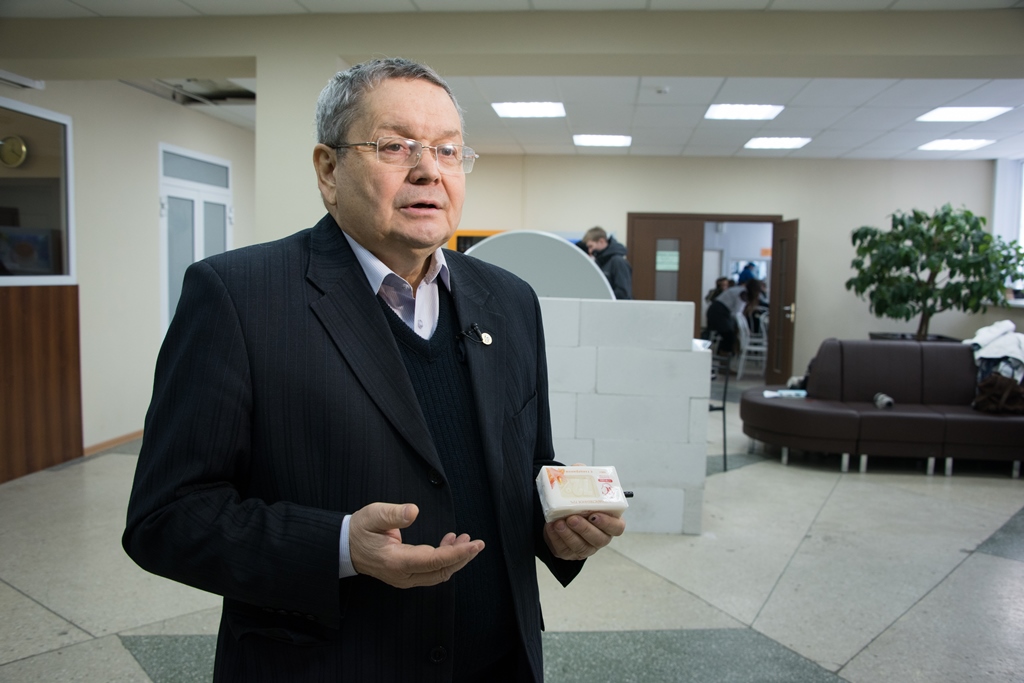TSU radiophysicists are creating a device for non-invasive diagnosis of blood, oncological tumors, and diseases of the internal organs by radio waves. The device will obtain accurate images and build 3D models of the human body. In the future, it will be used for treatment by the action of radio waves on a specific area of the body.
High-frequency radio waves do not pass through the skin, and radiation penetrating the body weakens very quickly and does not penetrate deeply. Therefore, it is not possible to use it to examine the internal organs of a person or to look for pathologies and oncological neoplasms.
- But we notice a curious phenomenon about the skin layer: an effect when waves spreading inside the absorbing medium rapidly weaken. The results obtained show that the skin layer does not form immediately, but at a certain distance from the source of radiation - at the boundary of the nearby zone, - says Vladimir Yakubov, Professor at TSU.
In general, radio emission is divided into several parts: the zone closest to the source, the Fresnel diffraction zone, and the Fraunhofer diffraction zone. As a rule, scientists explore the latter, because it is necessary to create antennas that work over long distances. According to Vladimir Yakubov, the near zone has been of little interest, they usually try to reduce it, as it does not bring benefits for communication and radiolocation.

TSU radiophysicists consider that the near zone is the key to creating a device for non-invasive diagnostics. In an absorbing environment, such as a human body, the wave begins to propagate after the skin layer. We can observe an increase in temperature at the desired area and analyze the reflected radiation.
- By adjusting the size of the near zone, we plan first to bring the skin layer to the boundary of the blood vessels – it is 0.5-1 cm, and then to the possible tumors – it's tens of centimeters. In a year, we plan to get the first results, - said Vladimir Yakubov. - We will choose different radiation frequencies to monitor the near-zone boundaries, and then we will create an instrument working with them. Thus, through the waves reflected from the organ or tumor, we will receive information on the internal state of the person and we will be able to detect the diseases at an early stage.
For medical purposes, the device can be used quite often because unlike X-ray radiation, radio waves are safe for humans and do not have harmful consequences. In addition to non-invasive diagnostics, it is possible to use it for treatment, for example, to influence a specific organ. It can also be useful in geolocation - in geology, archeology, and ecology.
